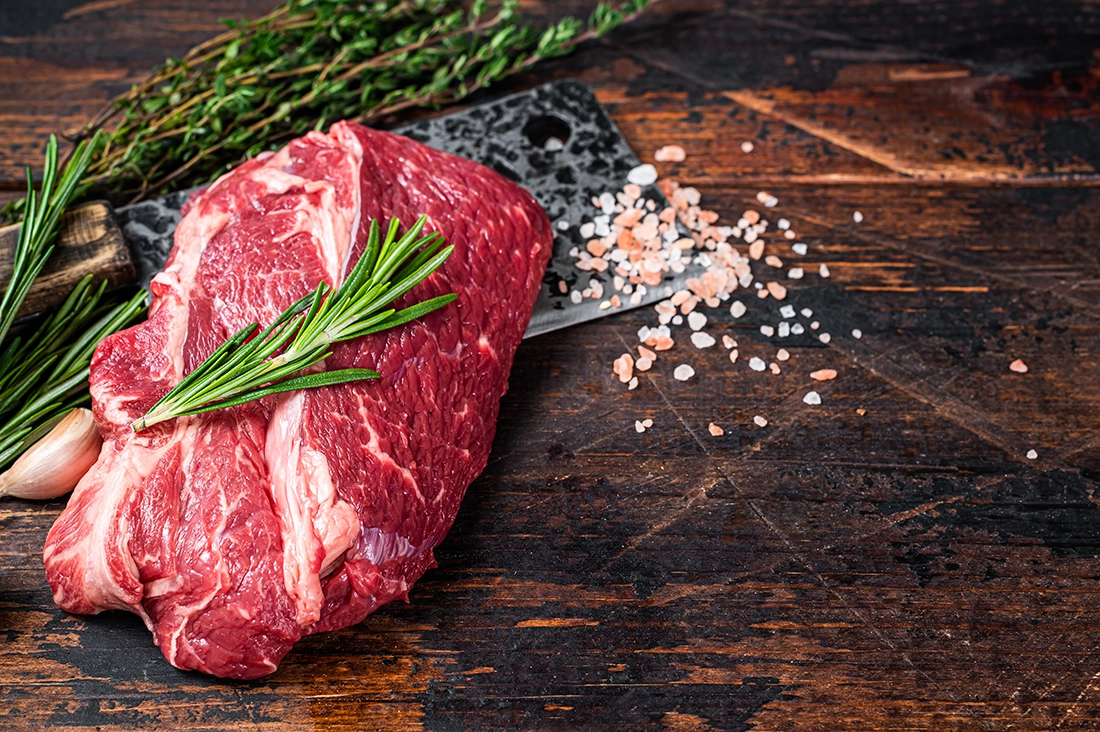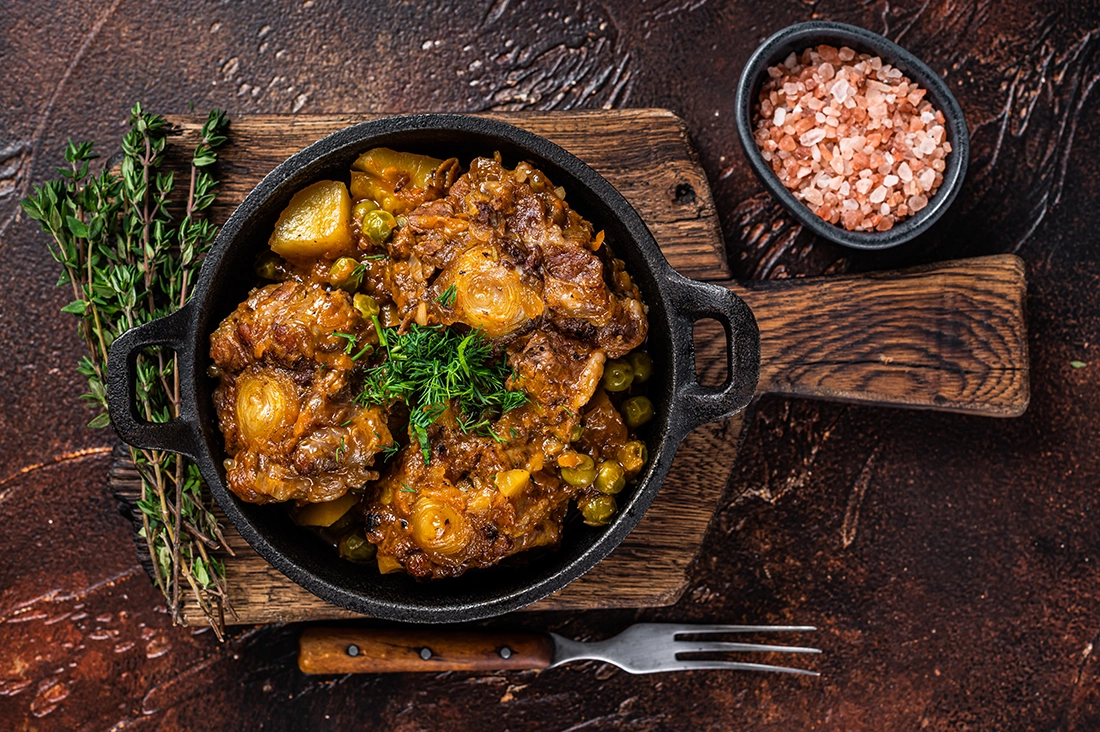Making beef stew outdoors can be a delicious and satisfying experience. While it may seem like a daunting task, following a few simple steps can help you create a flavorful and complex one-pot wonder that you'll enjoy again and again. Whether you're a seasoned outdoor cook or just starting out, these tips will help you make the perfect beef stew every time.

Beef Stew
- Choose the right cut of meat.
For a rich and succulent beef stew, look for cuts with cartilage, tendons, and bones, such as chuck, brisket, oxtails, cheeks, and shin. Leaner cuts of meat are also better, as they produce more collagen and gelatin as they simmer, which helps to thicken the stew. Avoid buying the gorgeously marbled pieces of meat you would want for a steak or roast, as these are not ideal for stewing.

Beef Stew Chuck
- Don't forget the alliums.
Alliums, such as scallions, leeks, garlic, and onions, are essential for adding flavor and depth to your beef stew. Cut them up and add them to the pot along with your meat and other ingredients. You can also sauté them in a little bit of oil beforehand to bring out their sweetness.
- Use wine instead of stock.
Instead of using stock, try using wine to braise your beef. This will add a rich and complex flavor to your stew that is hard to achieve with just stock. You can use red wine for a deeper flavor or white wine for a lighter touch.
- Cook covered and on low heat.
Cook your beef stew covered, but use less water than you normally would. This will help to concentrate the flavors and create a thicker, richer sauce. Cook your stew on low heat for several hours, stirring occasionally, until the meat is tender and the flavors have melded together.

Beef Stew Meal
- Season to taste.
Finally, season your beef stew to taste with salt, pepper, and any other spices or herbs you like. You can also add vegetables, such as carrots, potatoes, and mushrooms, to make your stew more hearty and nutritious. Serve hot with crusty bread and enjoy!
Making beef stew outdoors is a great way to enjoy the outdoors while cooking up a delicious and satisfying meal. With the right cuts of meat, the right combination of ingredients, and a little bit of patience, you can create a flavorful and complex stew that everyone will love.

Ingredients:
- 3 pounds beef chuck or brisket, cut into 2-inch pieces
- Salt and pepper
- 1 bottle of red wine (750 milliliters)
- 4 cups beef stock
- 4 medium onions, chopped
- 4 cloves garlic, minced
- 4 medium carrots, peeled and chopped
- 2 ribs celery, chopped
- 2 bay leaves
- 6 sprigs of fresh thyme
- 1/4 cup chopped parsley
Instructions:
- Heat a Dutch oven or heavy pot over a medium-high flame. Season the beef generously with salt and pepper.
- Sear the beef in batches until it is browned on all sides. Remove the beef and set it aside.
- In the same pot, add the onions, garlic, carrots, and celery. Cook the vegetables until they are softened and beginning to brown.
- Pour in the bottle of red wine and use a wooden spoon to scrape up any browned bits from the bottom of the pot.
- Add the beef back to the pot along with the beef stock, bay leaves, and thyme. Bring the stew to a simmer.
- Cover the pot and cook the stew over low heat for 3-4 hours, or until the beef is tender.
- Remove the bay leaves and thyme stems from the pot. Season the stew with salt and pepper to taste.
- Ladle the stew into bowls and garnish with chopped parsley. Serve with crusty bread or over mashed potatoes.
Note: If you want to make this stew outdoors, you can use a Dutch oven and a campfire, or a portable stove. Adjust the cooking time as needed depending on the heat source.